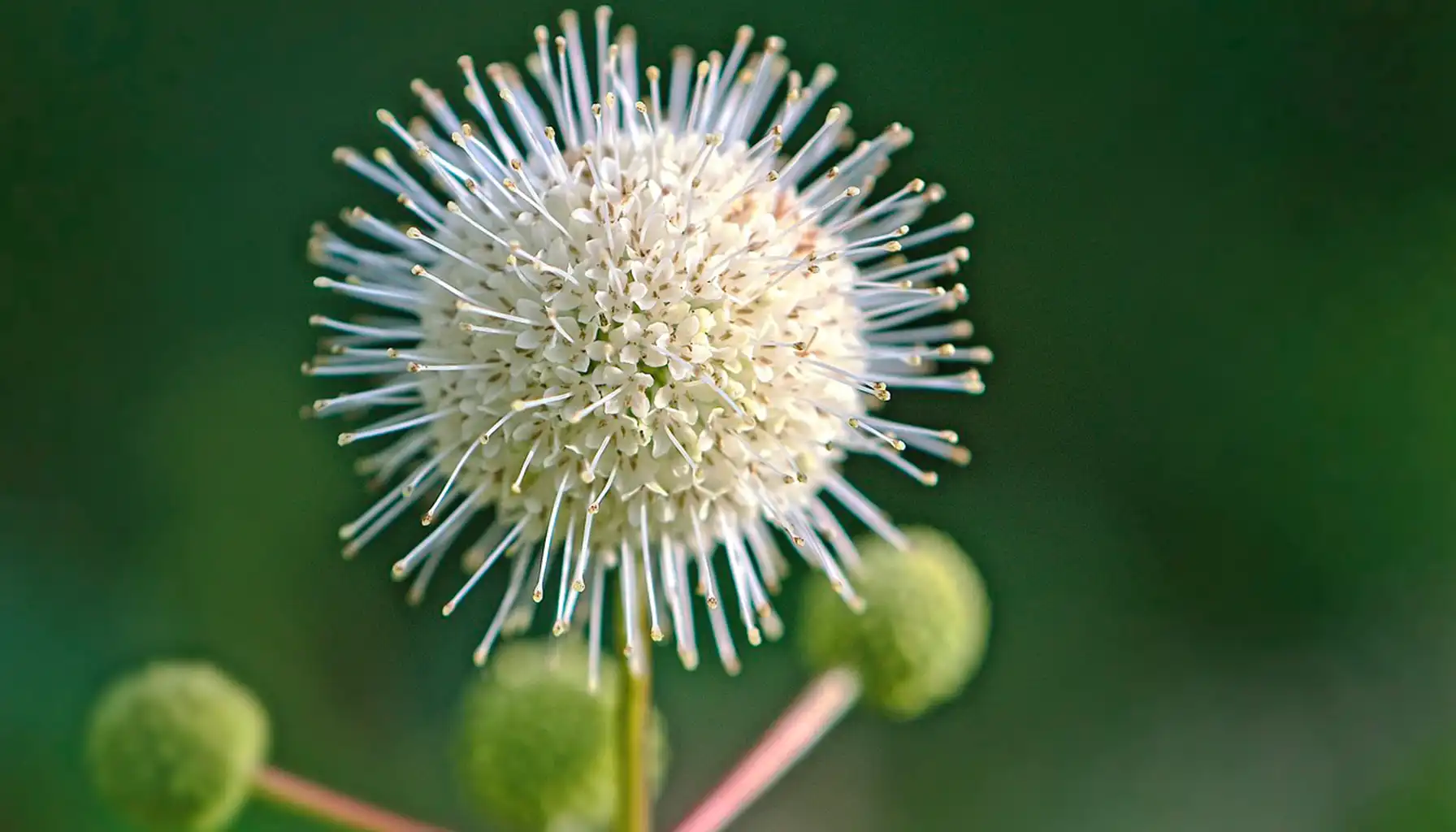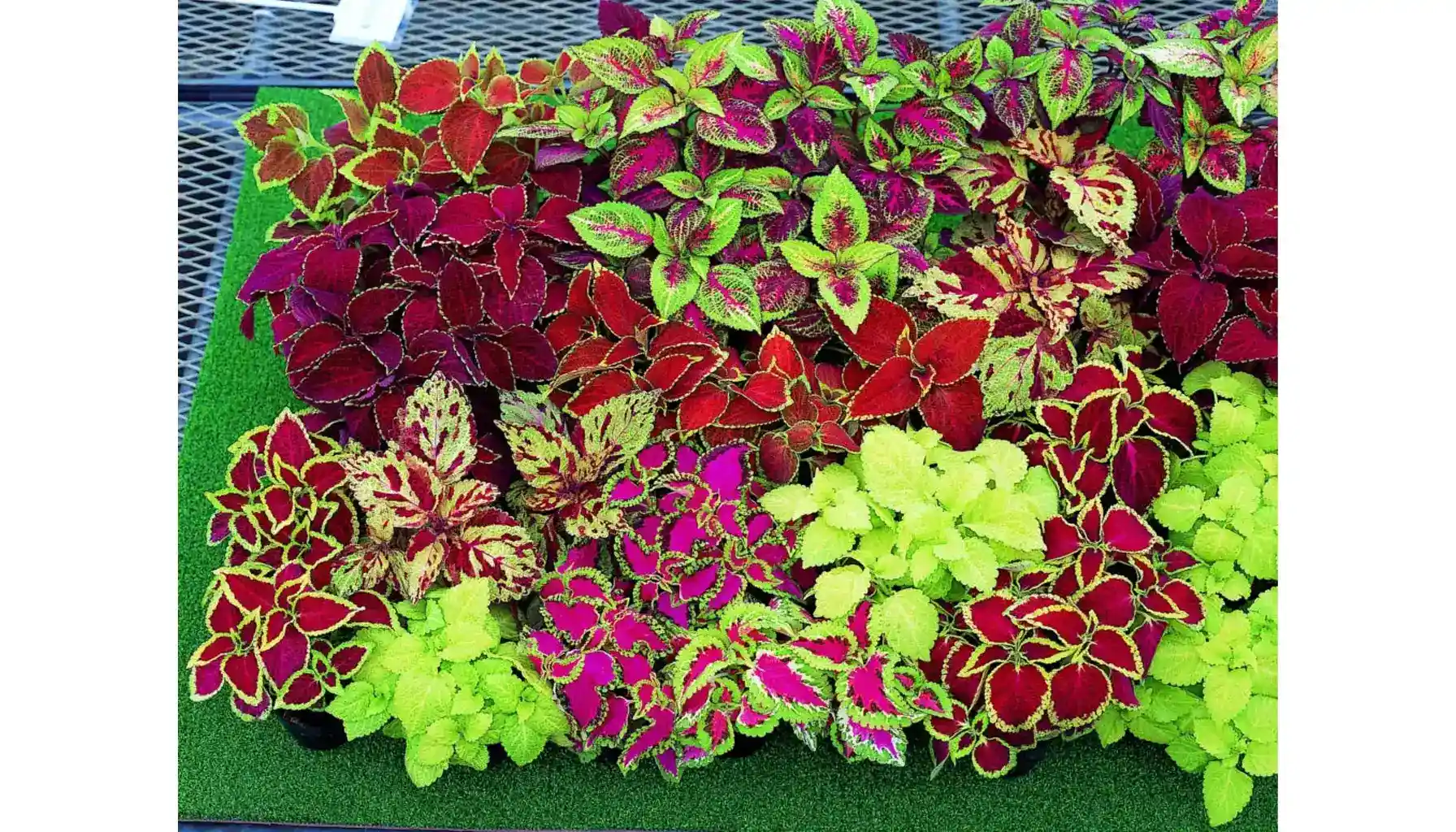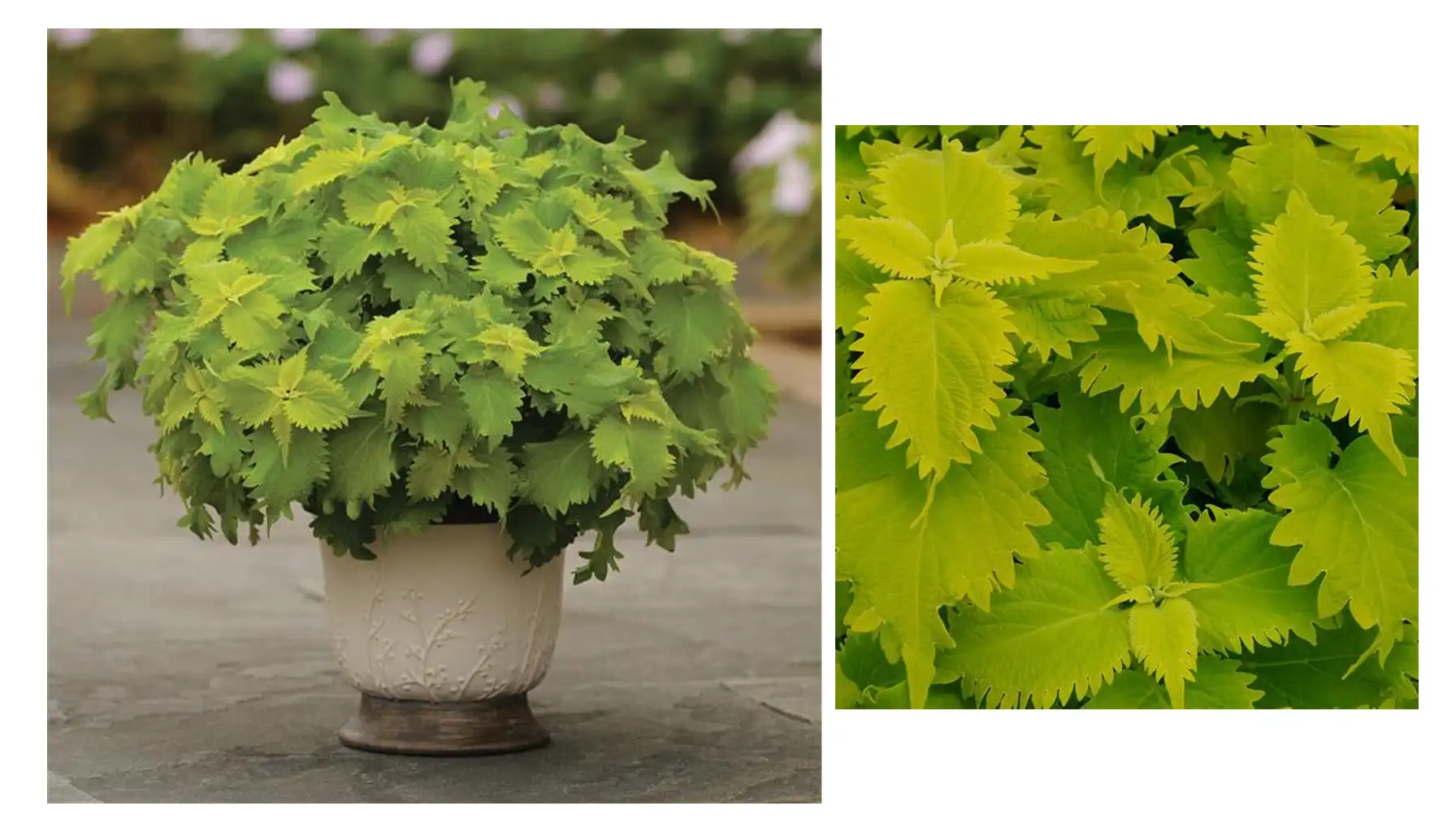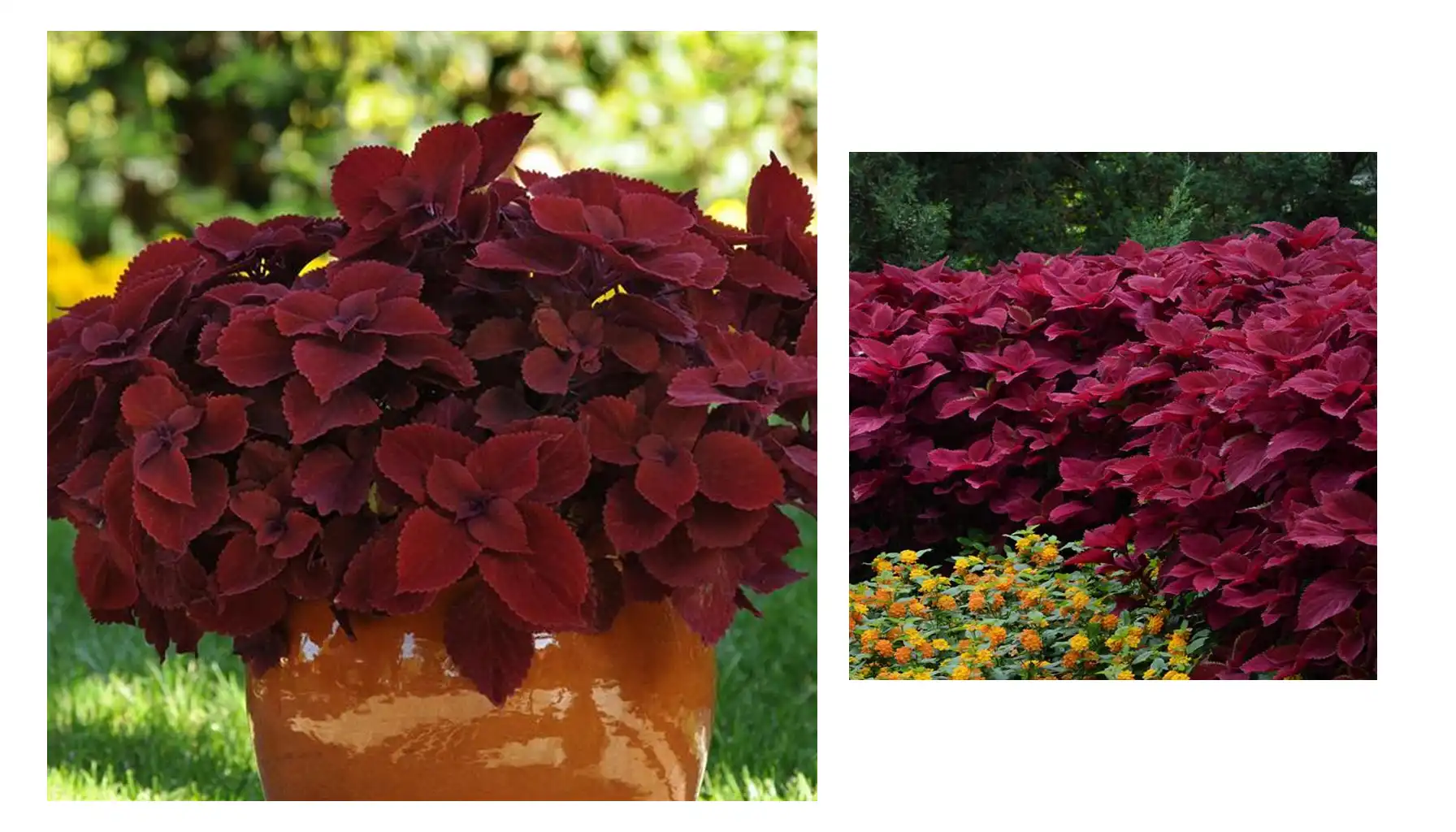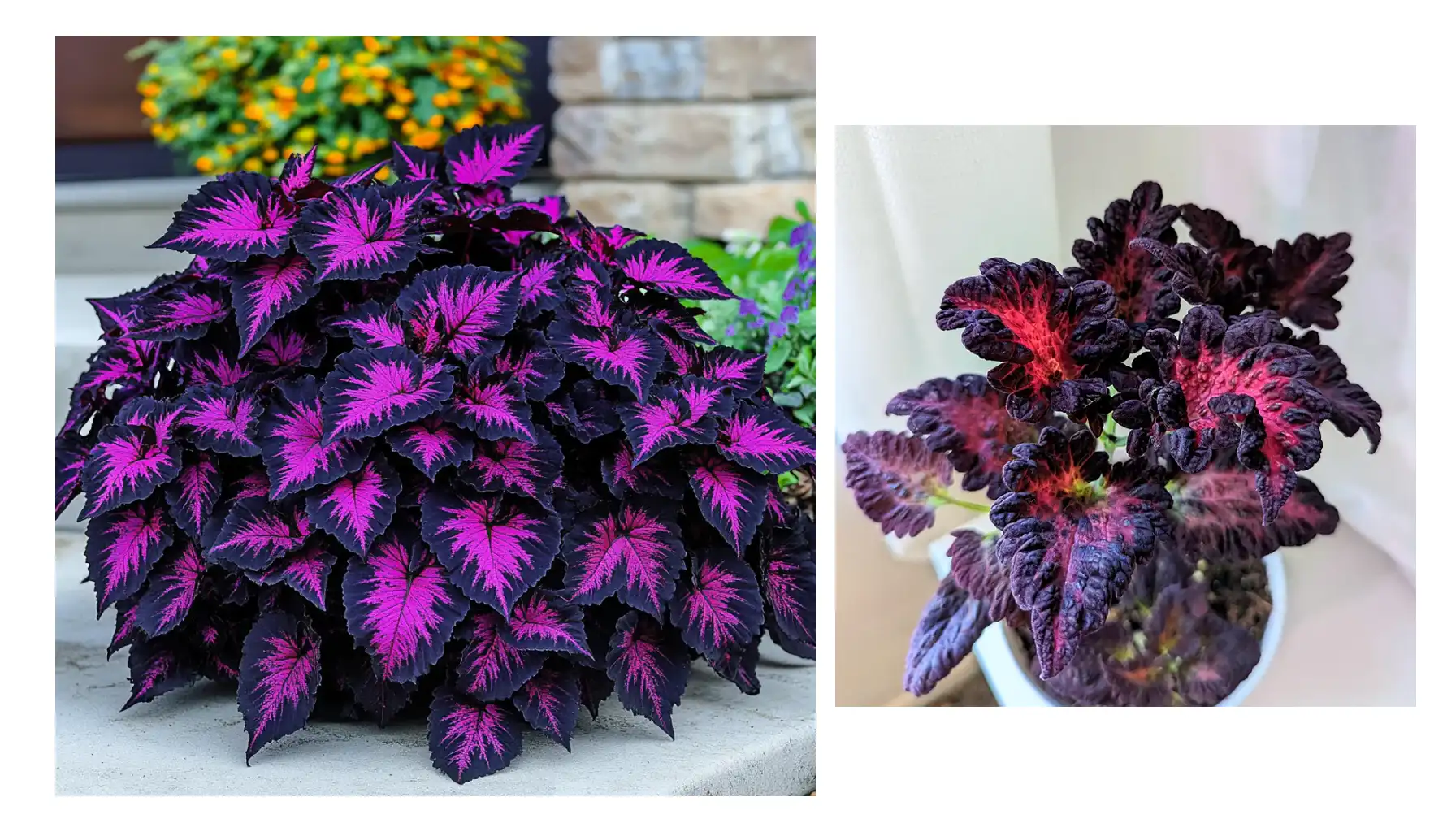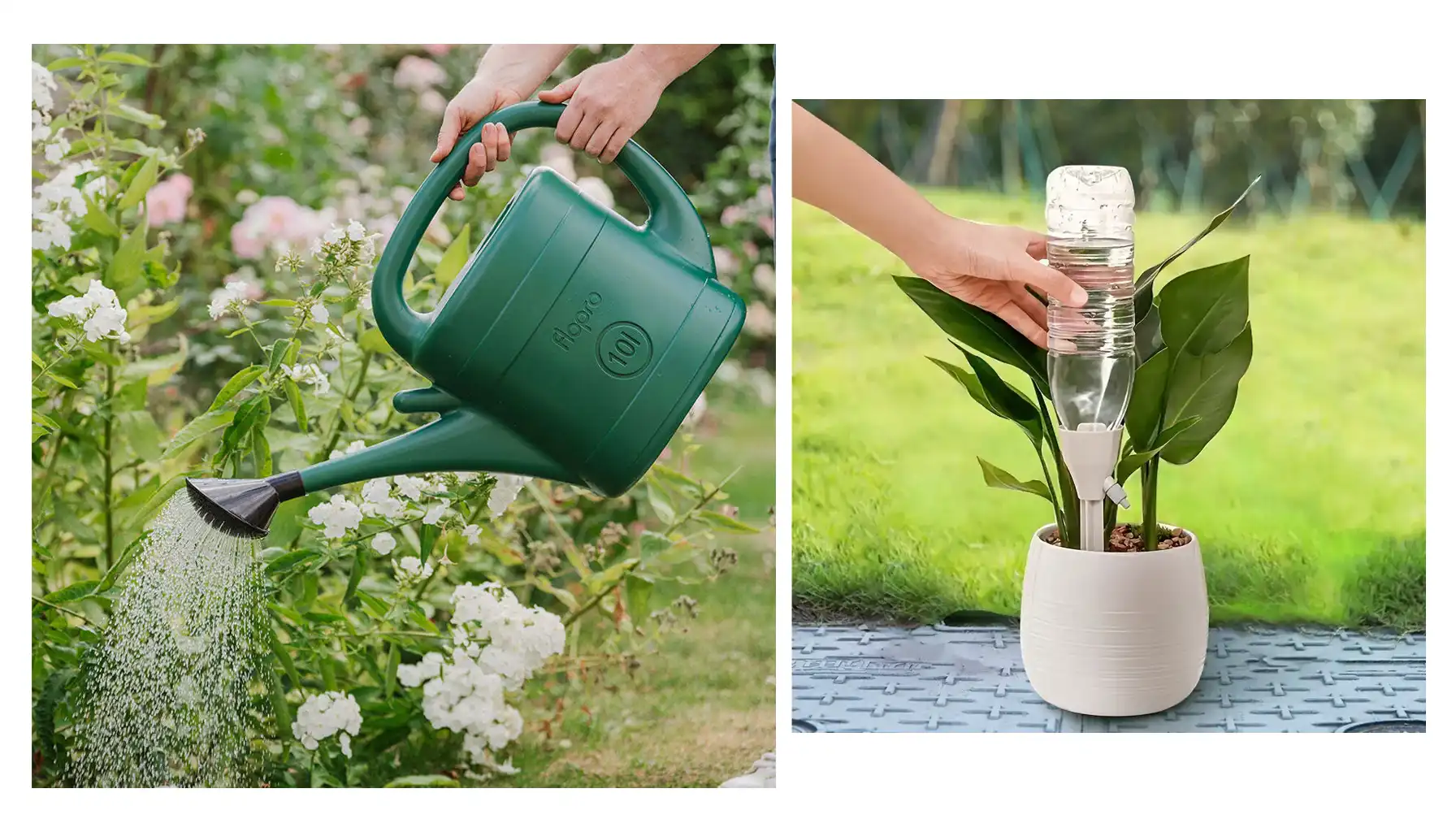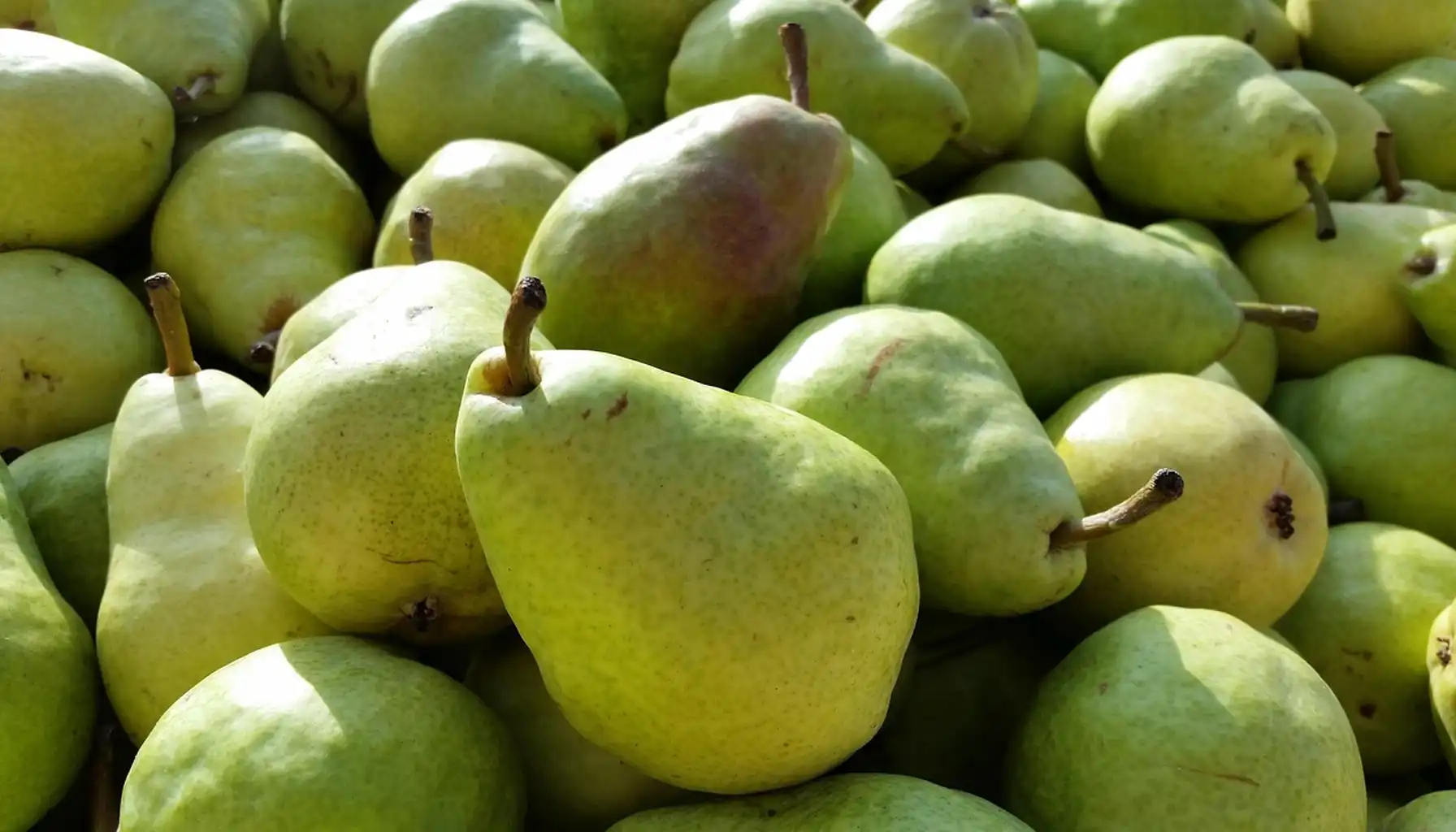Plants are commonly green, simple. But one of them strikes a great contrast, Coleus. It’s vibrant, red, and easily distinguishes itself from a row of green bushes.
This article will tell you how to care for Coleus plants, their varieties, and what they need for good growth.
Try plant identification on your phone. With apps, you can scan any flowers and bushes around you.
About Coleus Plants
Coleus is a tropical plant that is easy to grow. People usually keep it for striking foliage, ranging in many vibrant colors. Though it wasn’t always like that. When this flora was introduced to Europe, it had only a few striking varieties. Most of what you see today results from the work of selective breeders.
The scientific name of this plant is Plectranthus scutellarioides, meaning a “spur” and a “flower”, which refers to the pointy look of the leaves.
Overview |
Feature | Details |
Origin | Southeast Asia and Malaysia |
Type | Annual |
Size | Typically 12–36 inches (30–91 cm)tall, some varieties up to 3 feet (about 1 meter). |
Life span | Annual outdoors, but can live several years indoors with proper care. |
Leaf Colors | Varies: green, red, purple, etc. |
Flowers | Small, tubular, often blue or purple |
Propagation | By stem cutting |
Toxicity | Not toxic |
Special Features | Has many varieties |
Be careful. There’s a similarly named flora, the Coleus Canina plant, but it’s completely different, dominated by flowers and smaller in stature.
Coleus Varieties
Coleus varies in its coloration and leaf shapes. Some varieties are more popular and more expensive than others.
Green Coleus Plant
Green variety is among the most abundant. Even if the variety is any other occurrence, it still has a bit of green.
Green has many subvarieties. So many that they could make this article twice as big. Some of the common subvarieties are:
Wasabi. Has vibrant neon-green leaves with a bold, serrated edge. Very sun-tolerant and durable.
Limelight. Has bright lime-green foliage. Often grows with other flora for contrast. Very bushy.
Fishnet Stockings: Has pale green leaves with deep purple veining, giving a lace-like appearance. One of the few varieties where green doesn't dominate completely,
Red Coleus Plant
A very popular choice among gardeners because some red subvarieties can fit in a row with other bushes and stand out from the same type.
Some of the popular subvarieties include:
Redhead. Has bright cherry-red leaves that are well protected from the sun.
Campfire. A very vibrant red variety with purple centres. Looks best in autumn.
Kong Red. Has extra-large leaves with red centers and green margins. Best for shade.
Black Dragon Coleus Plant
Technically, it’s not a variety. Coleus black dragon plant is a subvariety of the red version.
Coleus black dragon live plant is a sight to behold. It combines dark, purple, and red colours, and catches the eye. Light gives this colour, so make sure your Black dragon cloud is in a well-lit spot.
Purple Coleus Plant
The purple variety is beautiful in subtle ways. It's not as vibrant as red ones, but if it’s surrounded by proper bushes, it pops up very well.
Some of the popular purple subvarieties include:
Chocolate Covered Cherry. Has deep purple foliage with bright red centers and green margins. The more it's exposed to the sun, the more vivid it grows.
Dark Star. Features opaque, nearly black foliage with a rich, velvety texture.
Henna. They have bronze-green tops with burgundy undersides and frilly edges. They serve as ornamental plants sometimes.
A Misconception: Blue Coleus Plant
Some believe that the blue variety exists, especially with all the photos of blue leaves.
Unfortunately, Coleus does not come in blue coloration. Blue is not natural for its leaves. Some purple varieties appear very close to blue, but still not blue in their core.
Beware of those trying to sell such fake Colus to you.
Rainbow Coleus
By rainbow, breeders usually mean there’s a mix of seeds that creates different colours in a batch, like Polka dot with “Confetti” variety.
Rainbow Coleus usually combines greens and reds, and has many slightly chaotic colour patterns. They are also often a bit smaller than average.
Sun Coleus Plant
This variety is not called after their coloration, but after their unique resistance.
Coleus has historically been shade flora, and most benefit from protection from midday sun. This variety can take more sunrays and even benefits from them, creating better coloration.
Some of the previous Coleus examples are in this “Sun” category, like “Campfire” and “Chocolate”.
Just remember, though this variety is more sun-resistant, it still can’t take full sun like Kniphofia and other naturally resistant flora.
Coleus Plant Care Indoors + Outdoors
What does this flora need for healthy growth? This little guide will provide you with answers. You will know everything your Coleus needs.
Light Requirements
Do you have your coleus plant indoor or outdoor?
For indoors, try to give it bright, indirect light. Too much sun can fade leaf color, and too little can make it leggy and dull. Find a balance, as just enough sun makes leaves very vibrant.
For outdoors, try to place your Colus in partial shade. Sun-resistant varieties are comfortable outdoors.
Watering
Watering conditions are similar to most other flora. When the soil gets tired, you water it. Usually, it takes 8 to 9 days between watering sessions.
Coleus plant care in winter changes a bit because watering is less frequent.
Temperature
If you remember, this flora comes from Malaysia, with a tropical climate with hot and humid weather.
This flora requires a temperature of 60–75°F (16–24°C). Avoid temperatures below 50°F (10°C).
Soil
This flora has no special soil requirements. Well-draining, rich soil from potting mix works well.
Fertilizer
You need to feed this flora every 2–4 weeks during the growing season (spring through early fall) with a balanced liquid fertilizer, preferably diluted to half-strength.
What to Plant with Coleus in a Container
This flora has a great “combo” potential with others, due to many colorful varieties.
Some of the popular combinations with Coleus are:
Sweet Potato Vine (Ipomoea batatas)
Caladium
Fuchsia
Begonias (Wax or Tuberous)
Impatiens
Ferns (e.g., Boston Fern)
Dusty Miller (Senecio cineraria)
Heuchera (Coral Bells)
Lobelia
Torenia (Wishbone Flower)
Usually, you either choose colourful clauses and put them with a mild flora, or pick vibrant flora as the centerpiece and surround it with many mild-looking Coleus examples.
Coleus Propagation
Propagation is a way for flora to procreate. Some do it with seeds, but homegrown Coleus usually propagates via stem cutting.
Follow these propagation steps:
1. Choose a Healthy Stem
2. Make the Cut
Use clean, sharp scissors or pruning shears.
Cut just below a node (the part where leaves attach to the stem).
3. Remove Lower Leaves
4. Choose Rooting
You can root Coleus in water or directly in soil:
If you choose water, then place the cutting in a clear jar of water. Roots should be submerged, but leaves should be above water. After a week or two, there will be roots. You then put this new sapling in soil.
If you choose soil, then keep the pot in a warm place and for the first few days, cover it with a plastic bag to save humidity. After a week, there should be significant growth.
Coleus Plant Indoor Benefits
Of course, this flora is pretty. But people are also interested in side-bonuses, like Aloe Vera with its healing properties. What good can Coleus bring to your home?
Benefit | Details |
Ornamental Beauty | This flora adds contrast with bright, colorful foliage. Red, pink, green, and purple colours add vibrant contrast to gardens and indoor spaces. |
Attracts Pollinators | When left to flower, it attracts bees and other beneficial insects. |
Air Purifying (Minor) | It may help slightly improve indoor air quality, like many leafy houseplants. |
Mood-Booster | This flora’s colorful, lush appearance enhances mood and aesthetic enjoyment. Usually, green coloration improves the mood best. |
Health Risks and Safety
Yes, this flora is pretty and vibrant, but you may know that in nature, colourful flora and fauna are often poisonous. You might feel cautious.
Is the Coleus plant toxic to cats?
Unfortunately, yes. It is toxic to cats and smaller animals due to the oils. It’s not deadly but causes irritation and vomiting.
AI Plant Finder
If you are interested in flora and want to know more, you should try AI Plant Finder.
AI Plant Finder allows you to identify plants, flowers, trees, shrubs, and indoor species by uploading a photo or scanning with your camera. The entries are very informative, and you can learn a lot about what you have in your backyard or a park nearby.
The app has many other functions, like disease identification, care reminders, and tips.
If you’re interested, AI Plant Finder is free to download on iOS and Android.
Related AI Plant Finder Posts
